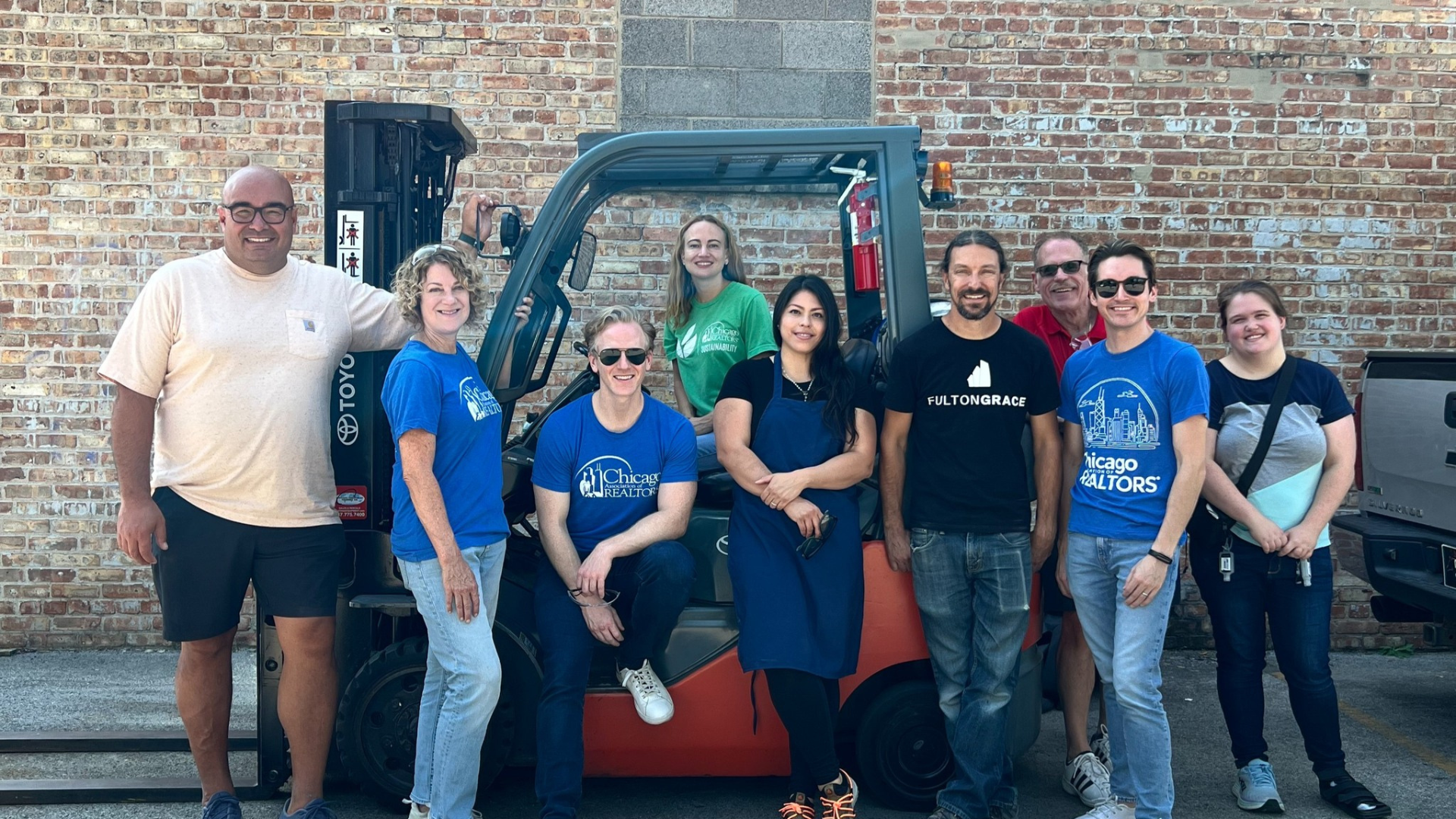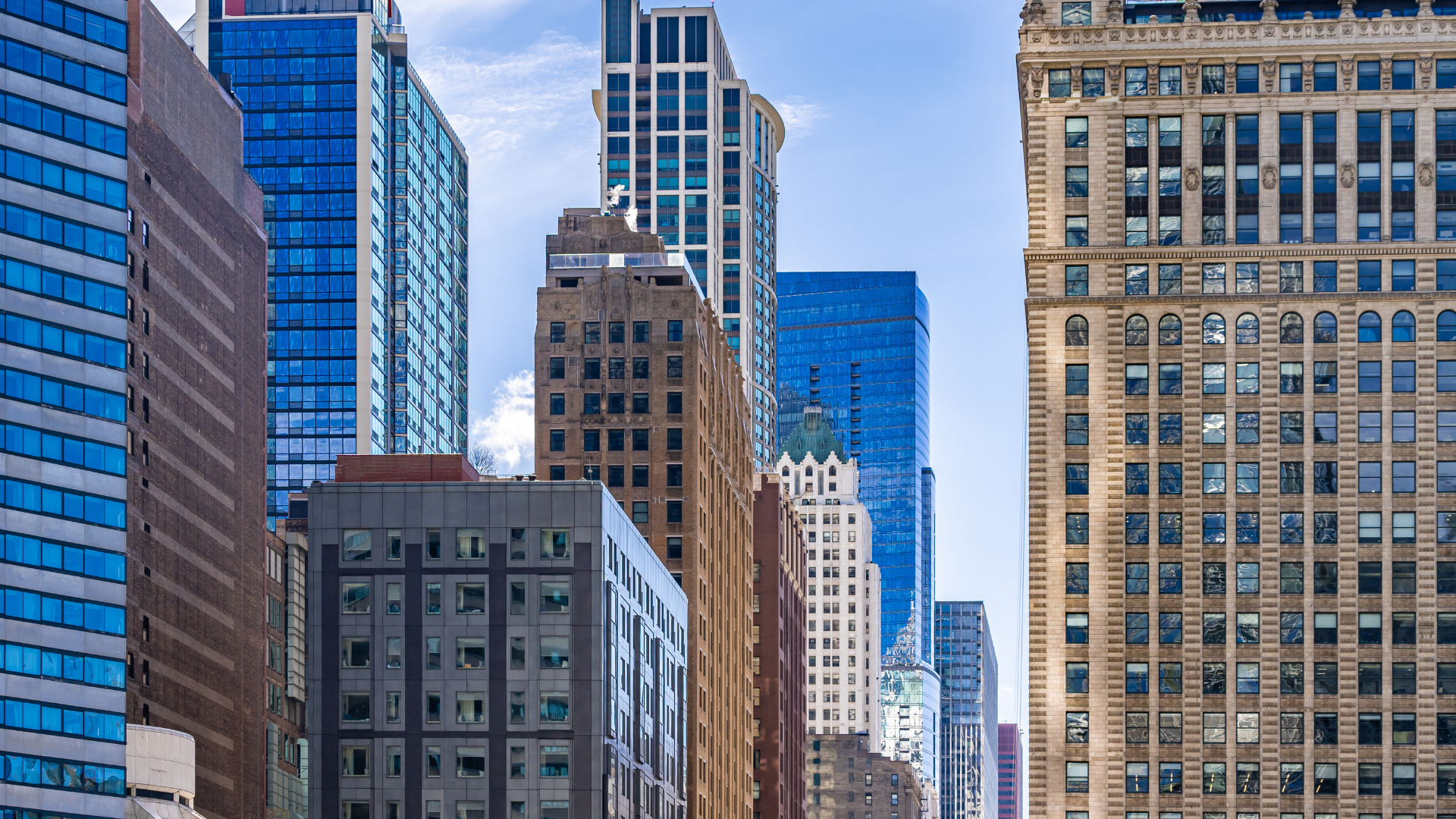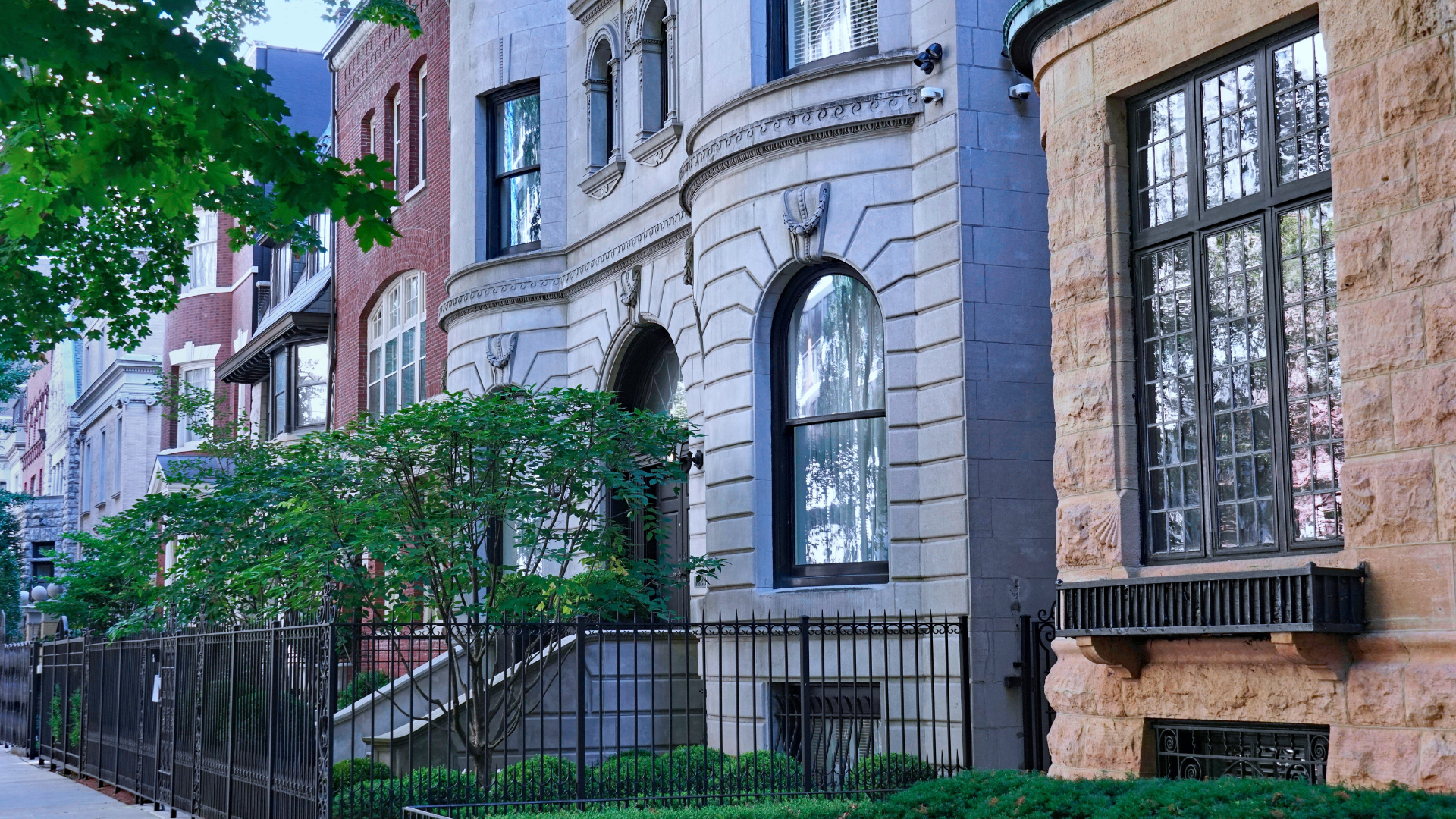In 2019, fewer than 6% of Americans worked from home, according to the U.S. Census Bureau. That all changed in May 2020 due to the COVID-19 pandemic, when about 35% of the employed workforce began to work remotely, according to the U.S. Bureau of Labor Statistics.
We spoke with Larry Cohn, @properties Commercial, to get the inside scoop on how this shift to remote work has impacted the office market in Chicago and what we can expect for the future.
OFFICE SPACES BEFORE & AT THE HEIGHT OF THE PANDEMIC
Early in the COVID-19 pandemic, vacancy rates in the office market were higher than we have seen in decades, due not only to remote work, but also because of the rise in co-working spaces, mask mandates and the closure of businesses throughout the city.
In office spaces where work continued in-person, pivots were made to accommodate workers and follow COVID-19 safety precautions. Many businesses staggered their employees’ in-office days or times
and retrofitted their offices by spreading out desk areas to reinforce social distancing and adding additional barriers like plexiglass to define personal workspaces. Increased antibacterial cleaning protocols, touchless bathrooms and doors, monitored elevator traffic, hand sanitizer stations and enhanced air purification systems became commonplace. These pivots in work schedules and space usage, combined with economic, social and governance issues (commonly referred to as ESGs), hit the commercial office market hard, especially in the central business district.
However, this wasn’t the case everywhere, like in the Fulton Market District, where demand remained high, and inventory continued to shrink during the height of COVID. This, in large part, is due to the concentration of life science labs and tech companies headquartered there. Employees of many of those businesses were required to continue to work in the office so they could access the lab items they couldn’t use at home.
Developments and developers in Fulton Market area have also taken COVID-19 safety into consideration in new developments in the neighborhoods. Fulton East, for example, which opened in the summer of 2020, has been referred to as the first building designed for post-COVID office life, as it was designed specifically with COVID safety in mind. The building includes features like a foot-operated elevator, built-in air filtration systems, touch-free fob access, microbicidal paint and touch-free bathrooms. It also includes multiple outdoor spaces to provide options for tenants to spread out.
WITH ALL THIS IN MIND, HOW’S THE MARKET NOW?
Right now, the number of remote workers still exceeds pre-pandemic levels, and most companies will continue to provide remote or flexible working options for employees moving forward. Office space occupancy rates right now are around 15-20% lower than pre-COVID, which is likely due to a combination of already vacant units on the market plus a new supply of buildings entering it.
Space design and offerings are playing a large role in what employers are looking for, according to CBRE. Configurable floor plans with flexible open spaces are becoming more desirable, as are amenities focused on wellness and bringing people together. Tenants want everything from from air filtration systems and fitness centers with the latest and greatest equipment, to a variety of conference rooms and lunch/meal spaces. Newer developments must ensure they provide tenants with the options to live, work and play all in one location.
While demand for newer buildings is strong, older buildings are finding ways to make themselves competitive. They’re providing cheaper rental rates for tenants, which draws interest and cost savings. Many of these buildings are also finding ways to add amenities like fitness rooms, roof decks and tenant lounges, while others are leaning into their history for style and decor. Some are also using their tenants to drive interest from other tenants. For instance, some buildings will lease the lower level to businesses like physical therapy or retail, which will increase the desirability of the building for other tenants, as they’ll have the ability to easily access those services.
According to the National Association of REALTORS® Commercial Real Estate Metro Market Report for Q1, the Chicago-Naperville-Elgin area’s office market:
- Has a vacancy rate of 15.1%, which is higher than the national average
- Has lower absorption rates than the national average at -1.2%
- Is experiencing slower rent growth than the national average at 0.4%
The lag in comparison to the national average is due to a combination of companies getting rid of or downsizing their office space combined with new building vacancies coming onto the market.
Currently, property owners are focused on getting tenants into office spaces. When they’re looking at potential tenants, the focus is on creditworthiness, and leases are always up for negotiation.
On the tenant side, lease flexibility is the name of the game. Some of the most popular things tenants are looking for are:
- Length of a Lease: Many tenants are looking for shorter-term leases, as they are still determining what their long-term needs will be moving forward.
- Right to Extend a Lease: Tenants are interested in the possibility of continuing a lease under the same terms that were agreed upon when the lease was first signed years before.
- Right of First Offer to Expand: Tenants desire a clause that allows them to have the first chance to lease or expand to an adjacent space when it becomes available before it’s marketed.
SO, WHAT CAN WE EXPECT IN THE FUTURE?
According to the National Association of REALTORS®, the recovery of the office market continues to lag behind other sectors in commercial real estate. Their quarterly commercial market survey, which tracks how the pandemic is affecting working from home, the demand for office space, and how and where the space is used, showed:
- 65% of respondents reported more businesses adopting a hybrid work schedule
- 63% of respondents reported more businesses in their local markets leasing smaller spaces compared to the pre-pandemic level
- 62% of respondents reported consolidation of office space in their local markets
- 57% reported more businesses with lease terms of two years or less
According to a CBRE report, we will continue to see increased office attendance in 2022. About 75% of respondents said they expect more regular returns to the office, although companies are taking their employees’ considerations into account to help retain talent. It’s important to remember that while office spaces are adapting, so is the workforce. According to the Society for Human Resource Management (SHRM), which follows workplace trends and issues, about half of workers are “definitely” looking to continue to work remotely. Hybrid work environments are becoming the most popular option for most companies.
For Chicago specifically, there are a variety of programs and opportunities that make it a great area of opportunity and investment for the office market.
Economic Development for a Growing Economy Tax Credit Program (EDGE)
The EDGE program provides tax credits to companies that support job creation, capital investment and improve the standard of living for Illinois residents. The income tax credit is 50% of the income tax withholdings of new job creating in the state. If the company is located in an underserved area, that percentage increases to 75%.
Enterprise Zone Program
The City of Chicago has six Enterprise Zones. The primary purpose of an Enterprise Zone Program is to “stimulate economic growth and neighborhood revitalization” by offering state and local tax incentives to companies expanding or relocating within depressed areas.
And, as a central location in the U.S., with world-class airports, train stations/railways and so many amenities to offer, Chicago will continue to be a desirable location for organizations looking to put down roots or expand. In fact, according to Mayor Lori Lightfoot, 173 companies made “pro-Chicago decisions” in 2021, which means they either relocated here or expanded their footprint to Chicago. Chicago had a phenomenal 2021, Lightfoot added, as we had the lowest unemployment rate of any big city in the country. We also have the most diverse economy in any city in the country. If we were a country, Lightfoot said, Chicago would be ranked 22nd in the world because of the vibrancy of our economy.
For now, the office market is slowly working back towards its pre-pandemic normal.







